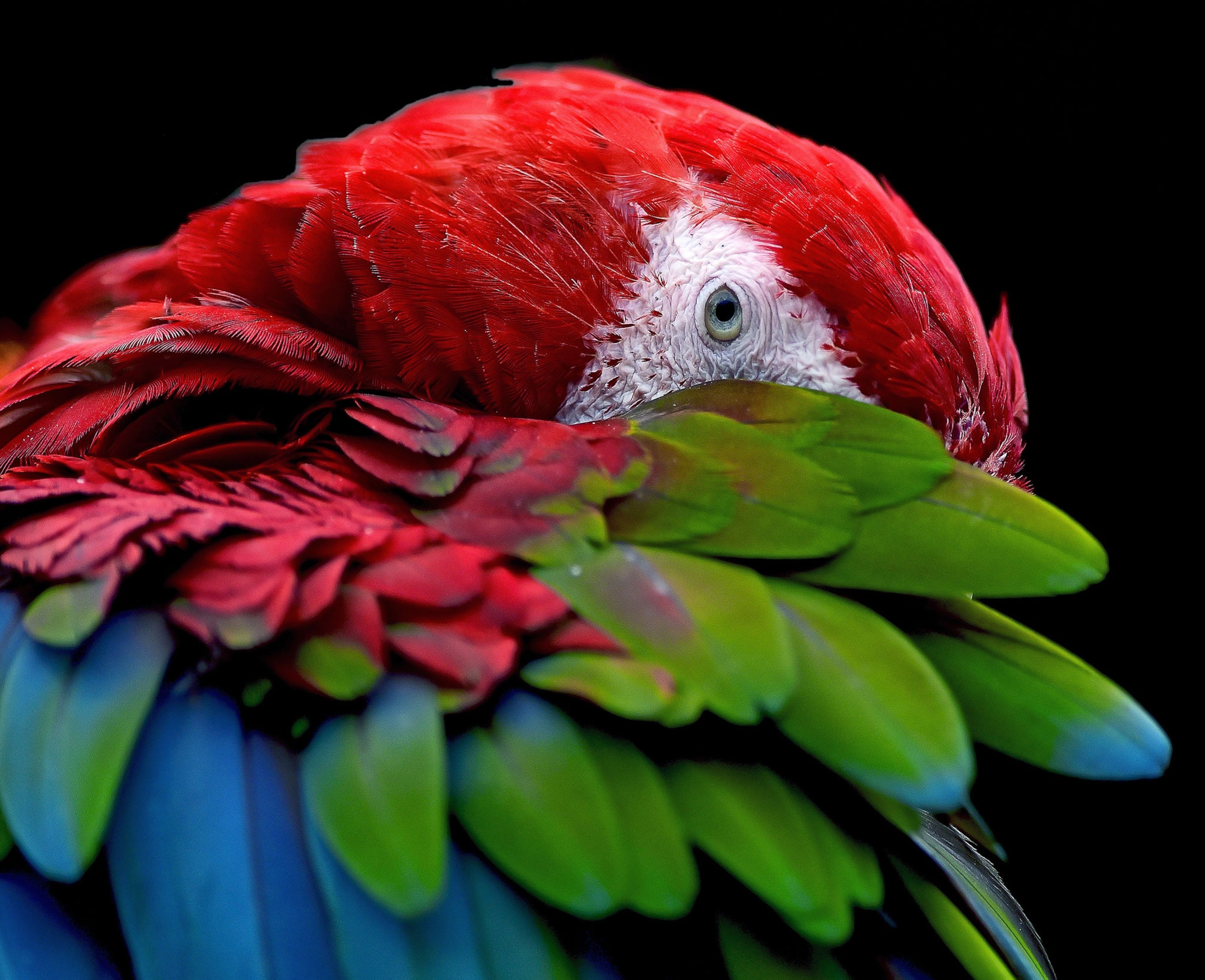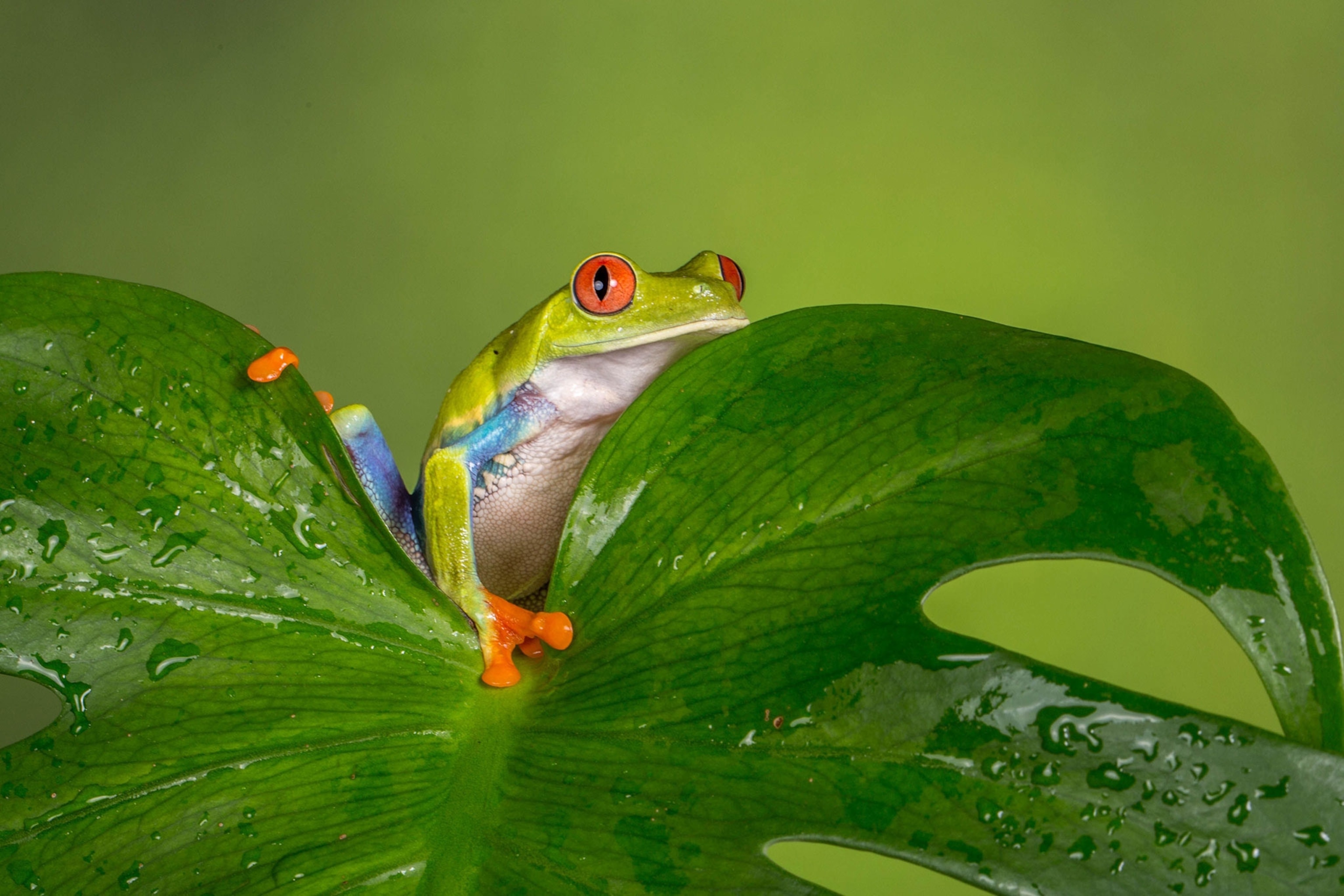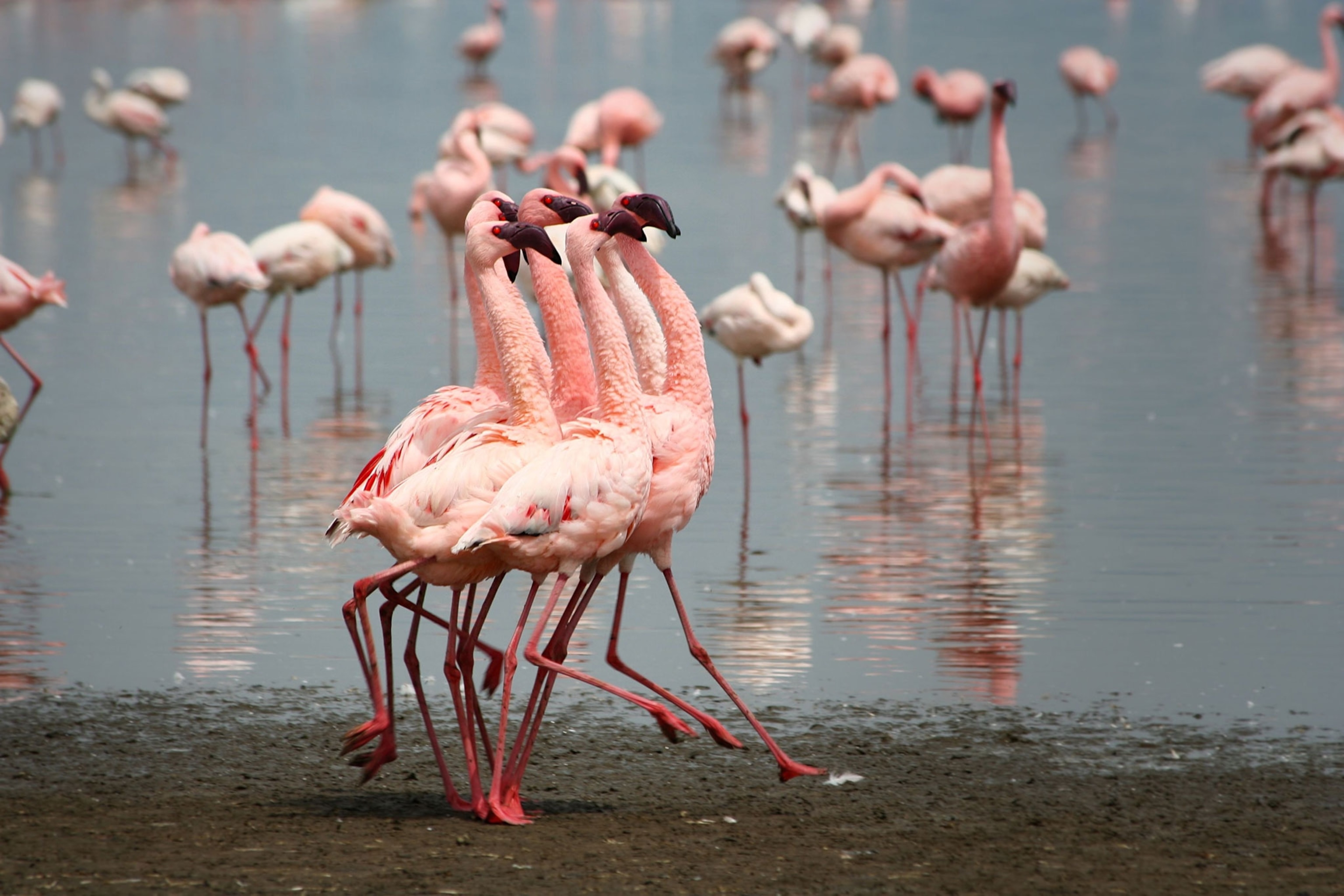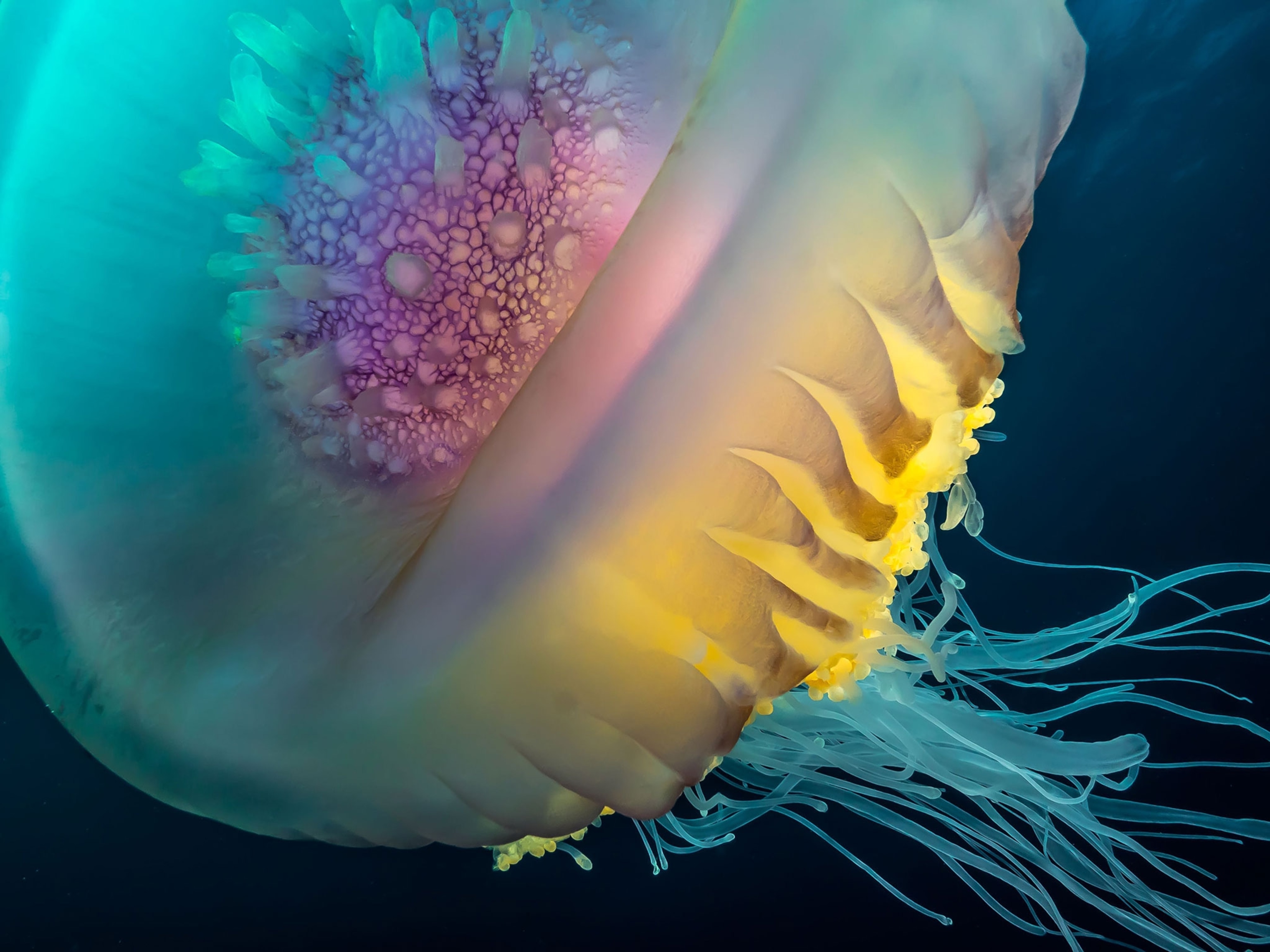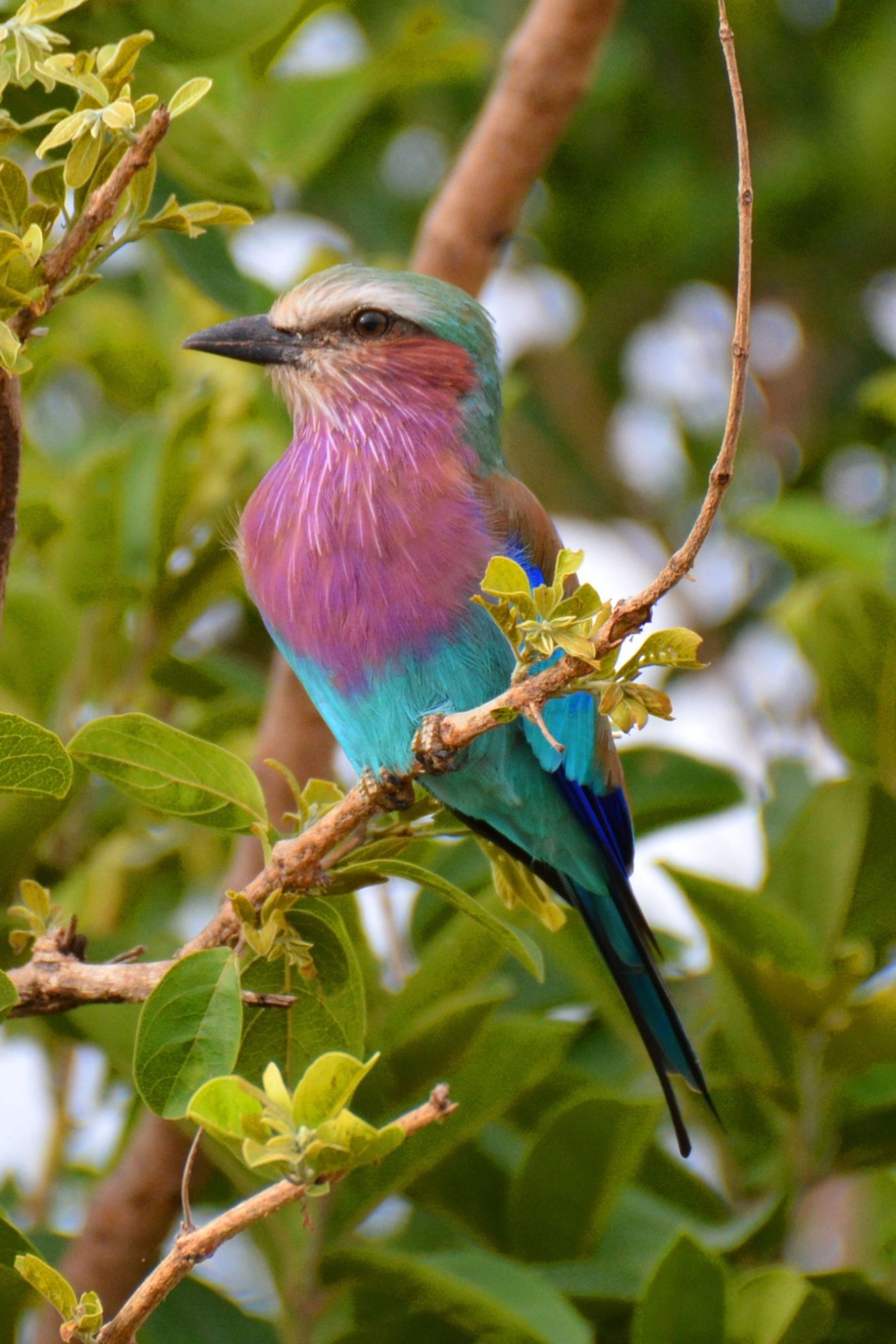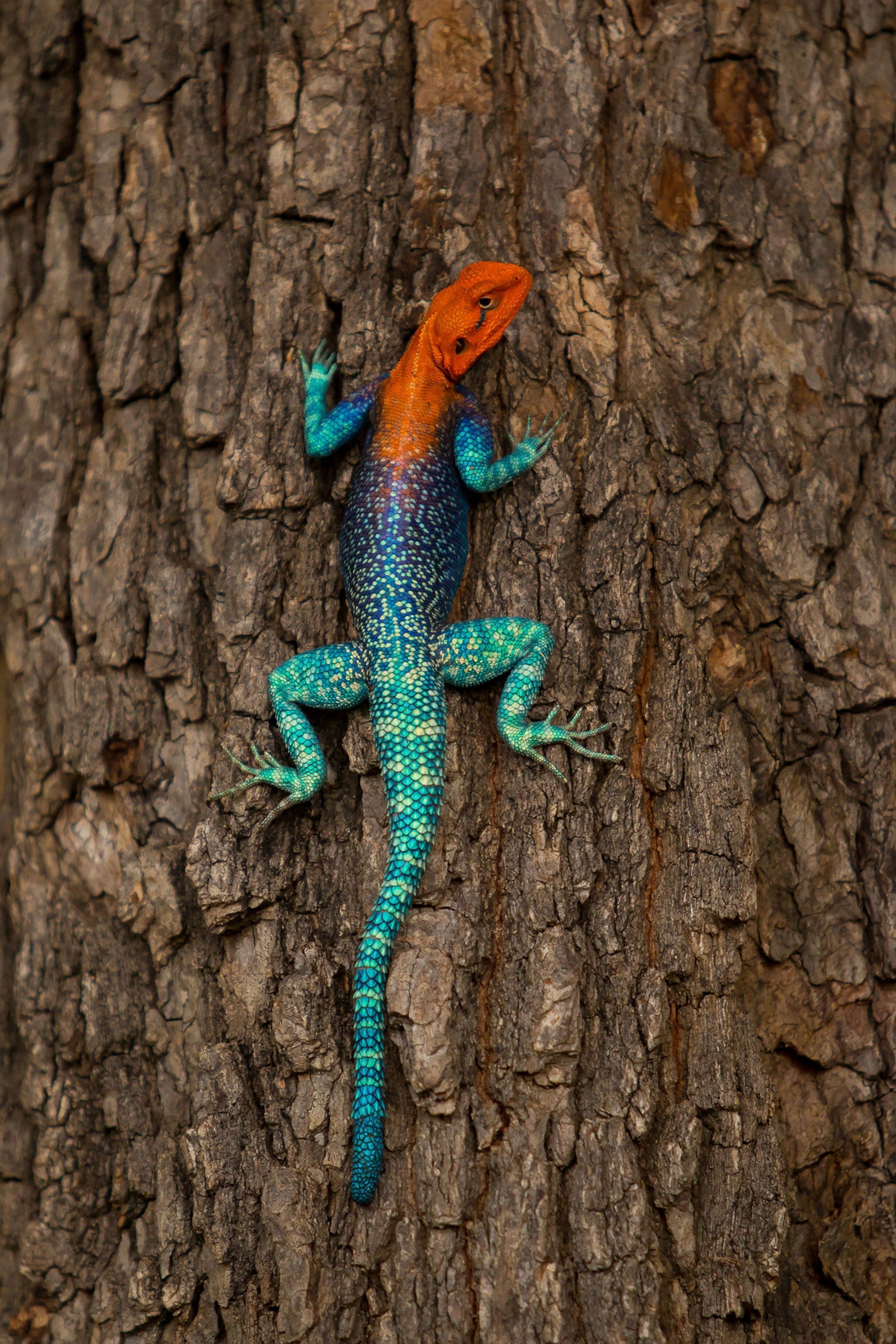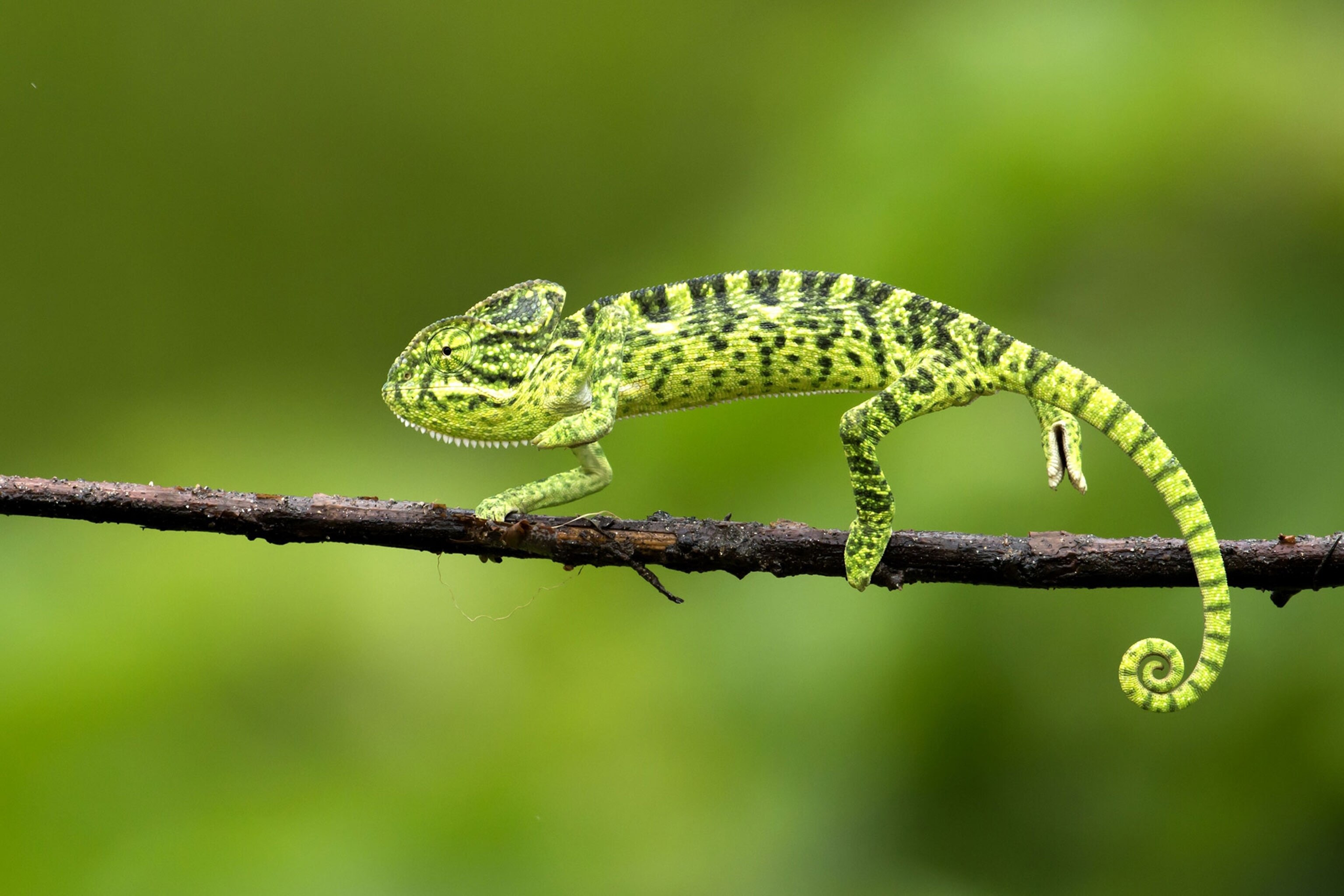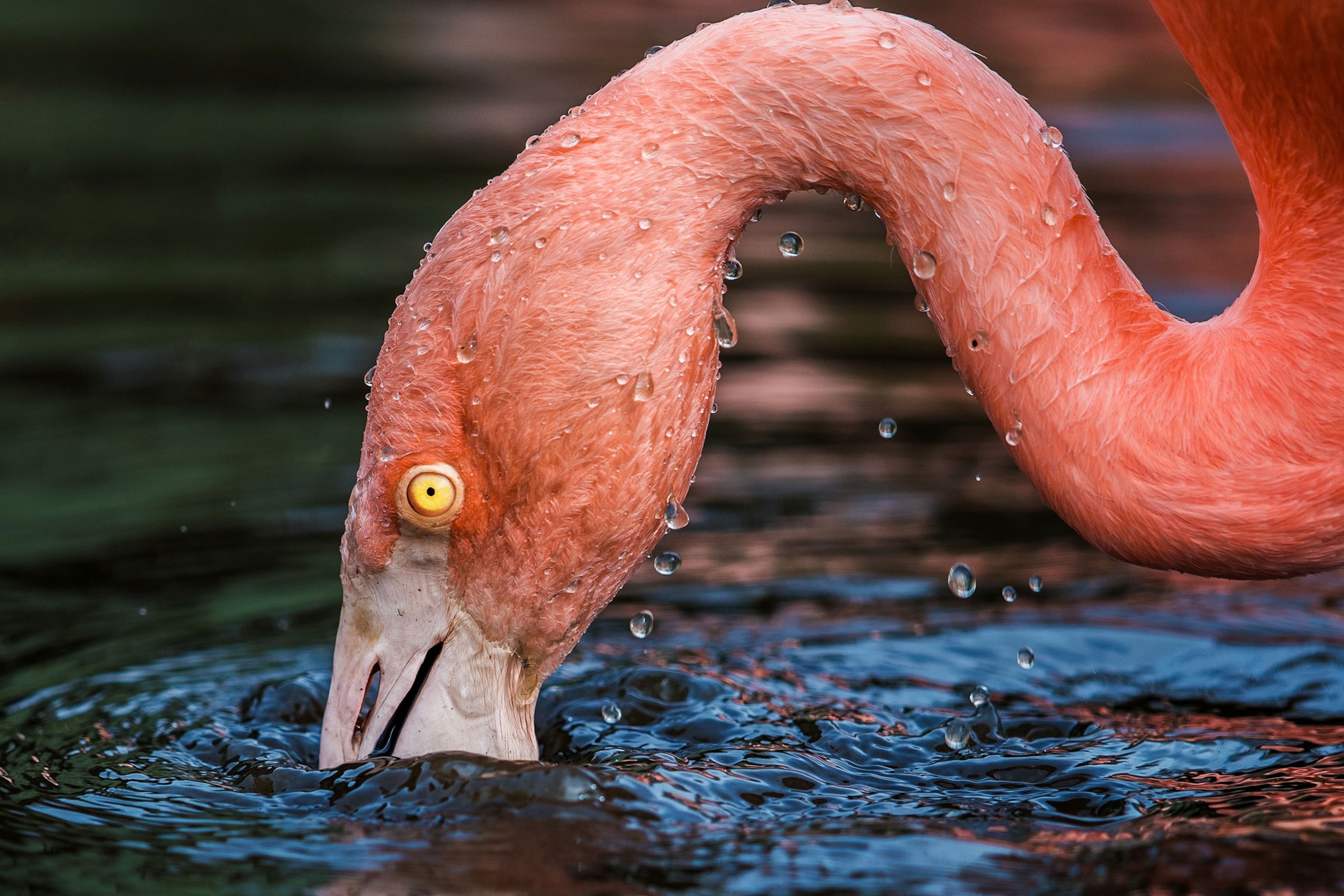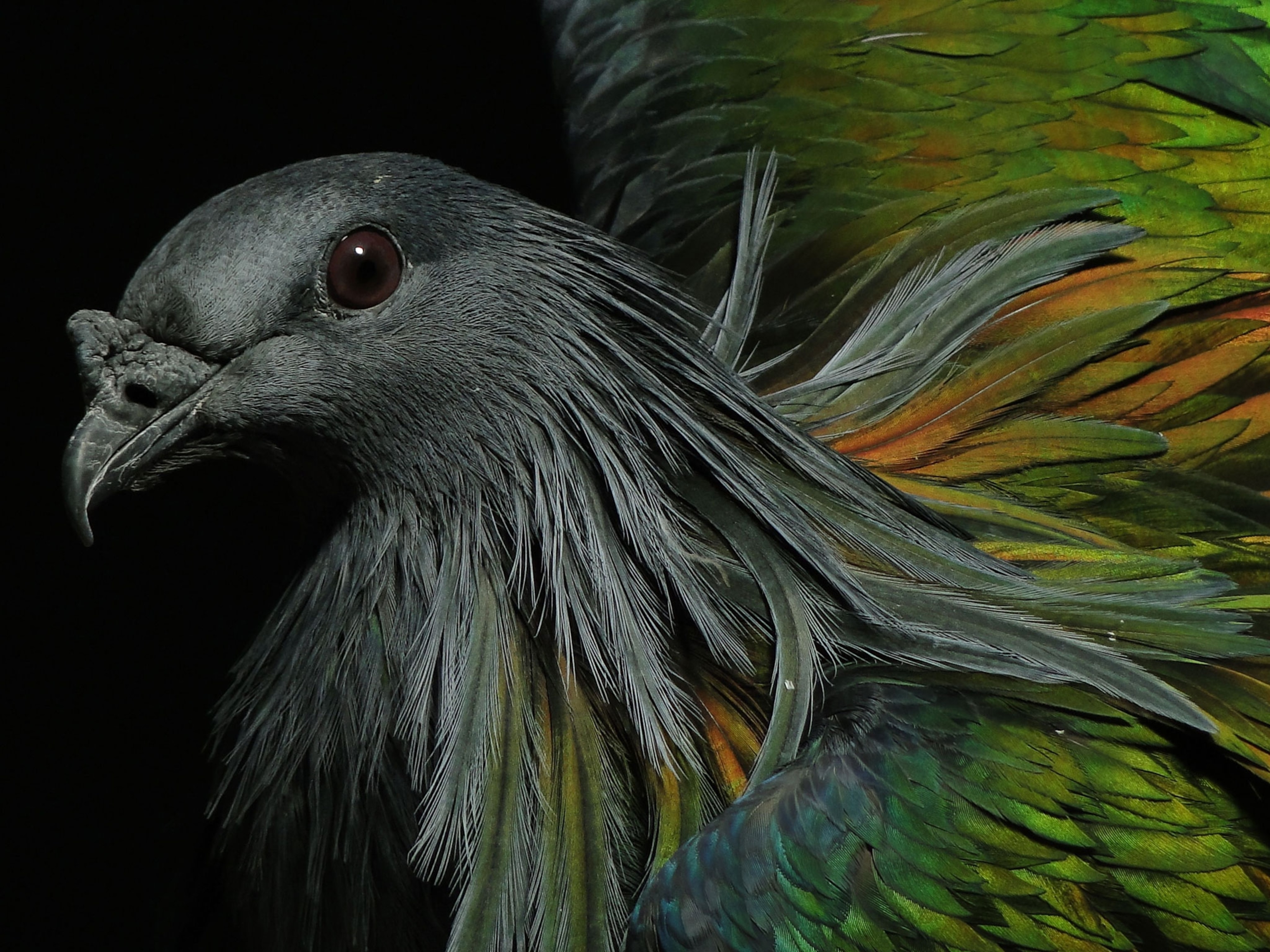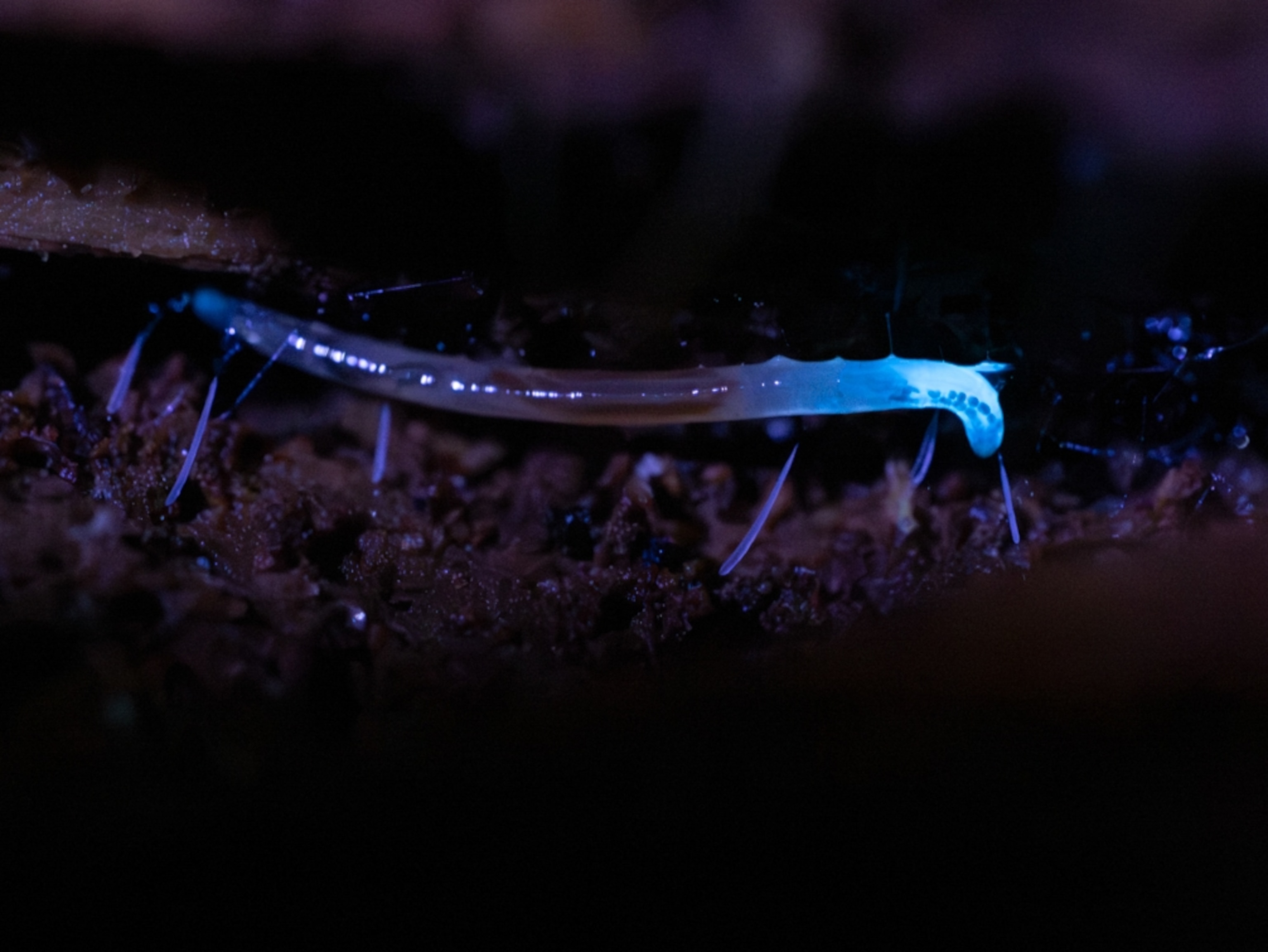
Female Glow Worms With the Brightest Gleam Make the Best Mates
A new study examines what’s behind a glow worm’s light.
When they're hungry, glow worms emit a pale light to attract unsuspecting insect prey into their lethal, sticky snares. But this characteristic is restricted to female glow worms, which also use brightness to indicate their qualities as mates.
The video below shows a New Zealand cave full of luminescent glow worms. An early stage of two-winged insect, glow worms can grow to about the size of a matchstick.
Their steady light is a hunting tactic to attract insects and ensnare their prey's wings in gooey strings that hang from the cave ceiling. From there, the glow worm will puncture the insect and suck out its insides. In addition to being a nasty way to eat, research suggests female glow worms use their shine to entice males.
Past studies have shown that the brightness of a female glow worm corresponds to the number of eggs it will produce. It’s a relatively rare example of females having ornamentation to attract males, says Bruce Lyon, an ecologist at the University of California, Santa Cruz.
In many other species, males have gaudy ornaments, from brightly colored feathers to large antlers that help females decide who to mate with, as they indicate good health and, consequently, good genes to pass on to offspring.
Female ornamentation is rarer, probably because reproduction takes more time and energy from females and they are pickier about their mates. Scientists have documented several exceptions, especially those where males do a disproportionate amount of child-rearing, such as two-spotted gobies (Gobiusculus flavescens).
In their larval stage, glow worms use light as a warning to predators that the bugs weren’t good to eat. The larvae don’t have distinct sexes, so everyone appears to glow. As the larvae mature into adults, however, the males lose their ability to shine. Adult female glow worms produce light via a chemical reaction that turns energy and oxygen into a yellowish-green glow that emanates from a special body part called the lantern, located on the lower abdomen. (Despite their name, glow worms aren’t actually worms—they’re a variety of flightless beetle.)
To test how a female’s glow serves as a symbol of its fecundity, Arja Kaitala, an ecologist at the University of Oulu in Finland, and her colleagues investigated the idea in a 2015 study. They captured glowing females from the Tvärminne Zoological Station on the Gulf of Finland and the town of Nurmijärvi, just north of Helsinki, and brought them 435 miles (700 kilometers) north to Kaitala's lab in Oulu. The researchers found that larger females had larger lanterns, and the brightest females produced about four times as many eggs as the dullest ones.
“We knew there would be differences in size and egg production, but we had no idea they would be so large. I was really surprised by this,” Kaitala said.
Related: 42 Vibrant Animals
Back in the field, the researchers tested whether males were more attracted to brighter females using tiny LED lights, half of which they rigged to glow extra bright and half of which they altered to be more dim. Placing the lights in traps, which they built out of a plastic 1.6 quart (1.5 liter) bottle, they counted how many males were trapped in each. Kaitala and colleagues found significantly more males in the bright light traps.
But Bob Montgomerie, an ecologist at Queen’s University in Canada, says he isn’t convinced that they have discovered true sexual selection. Larger females are known to produce many more eggs than smaller ones, and since larger females also have larger lanterns, it could be that the males are using glow as a proxy for size.
“To know for sure, you’d have to measure glow per unit area. Then you could say whether it was glow or size,” Montgomerie said.
To Kaitala, many mysteries of the glow worm remain. The researchers believe that the source where a female glow worm gets its energy could impact the number of eggs it produces. They also don’t know how the female benefits from glowing.








